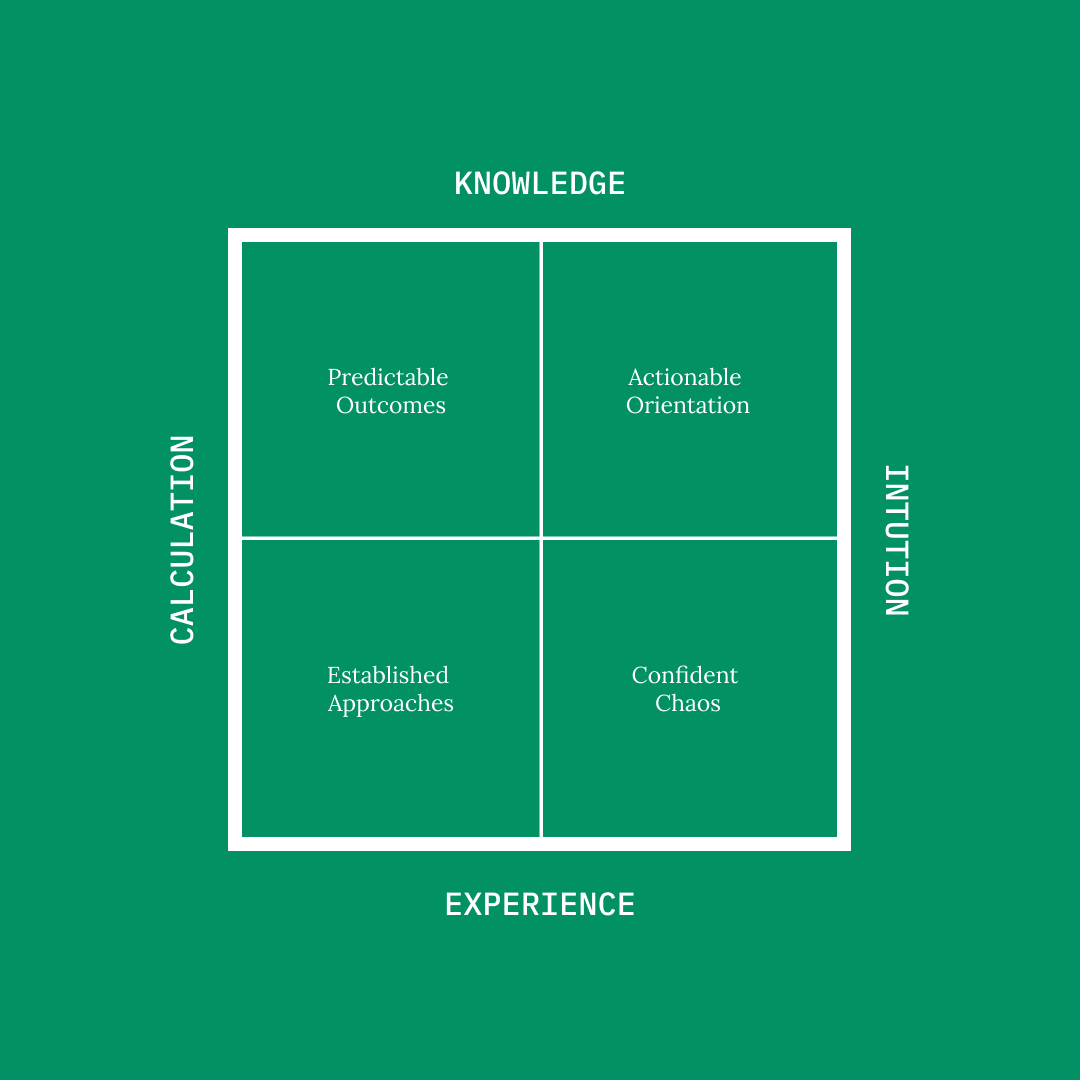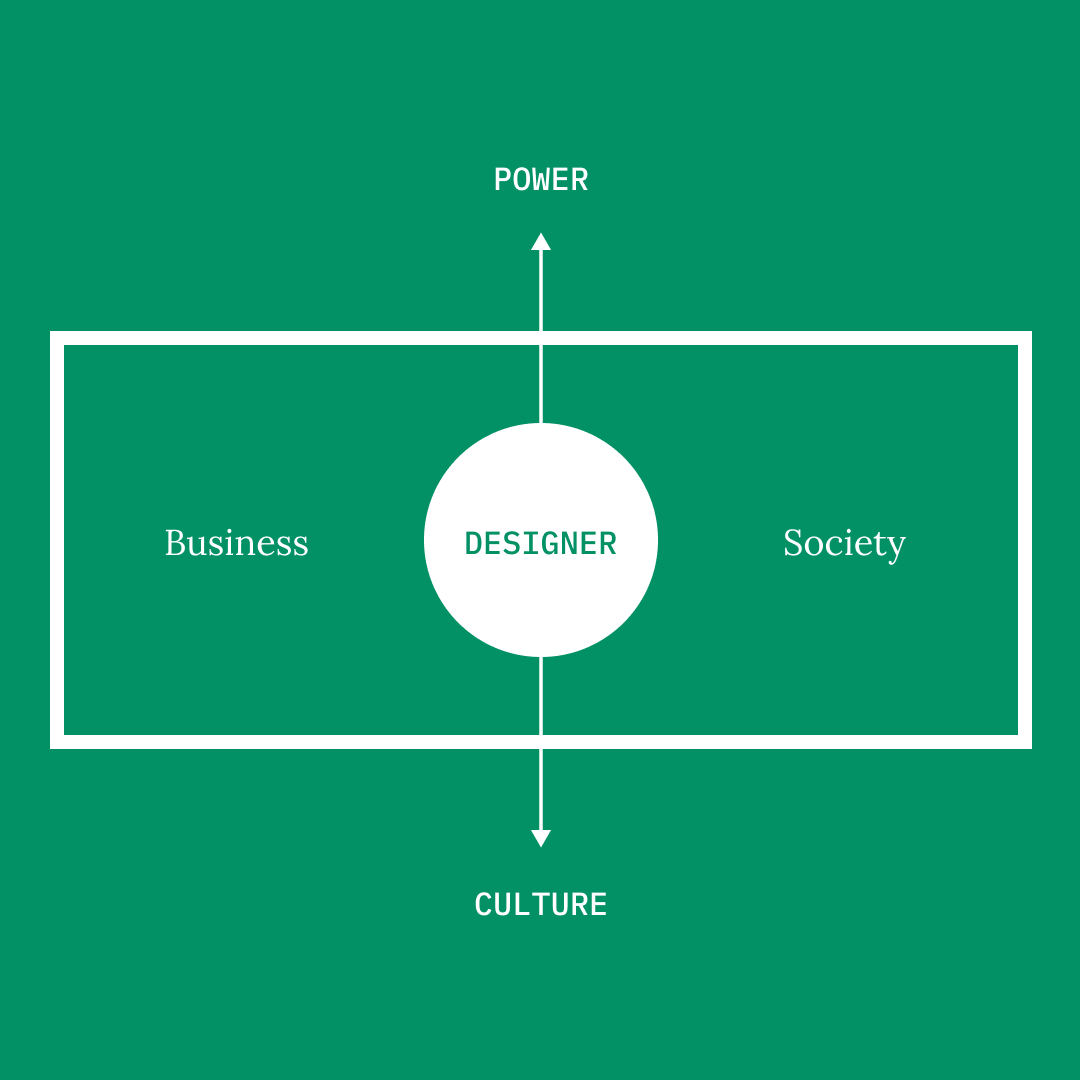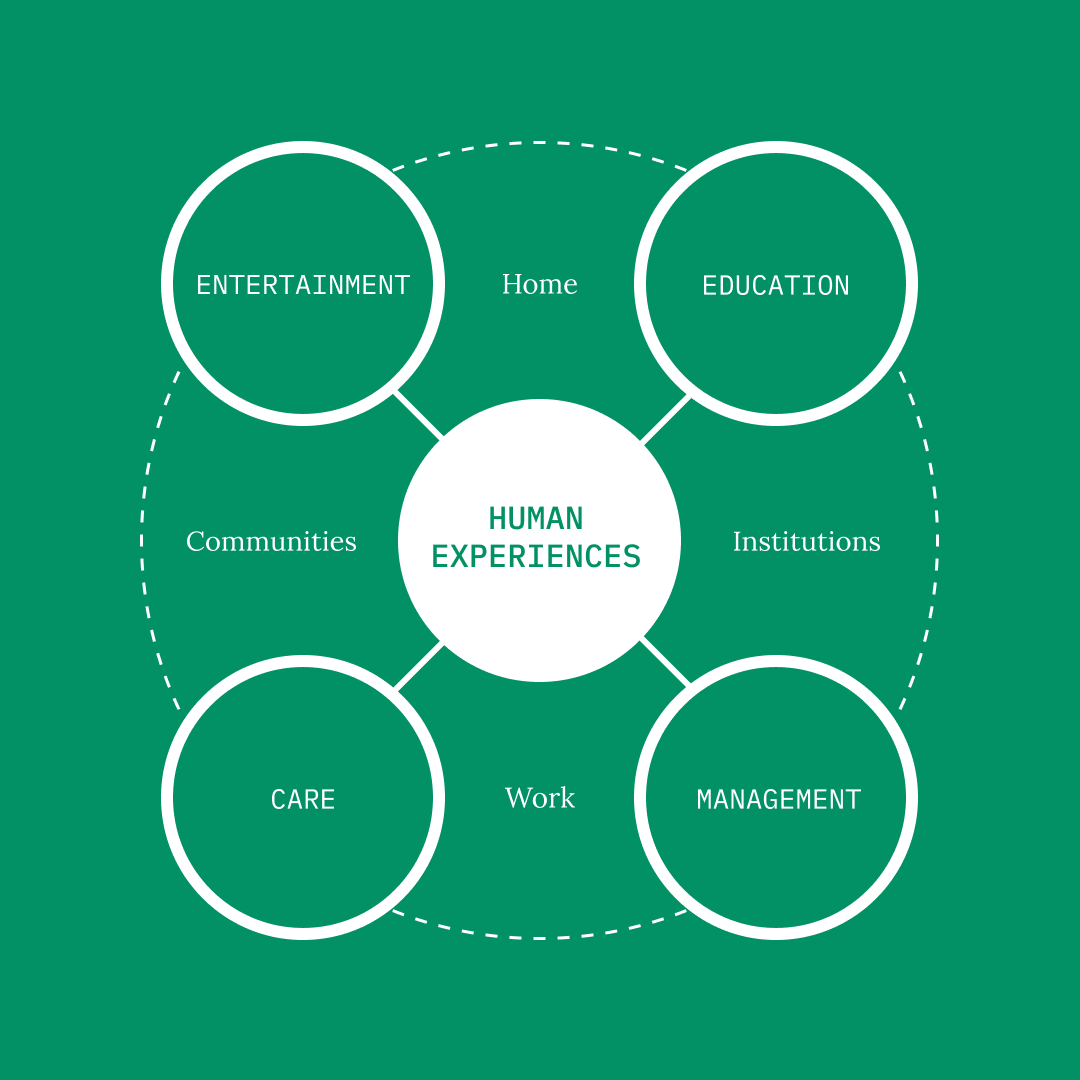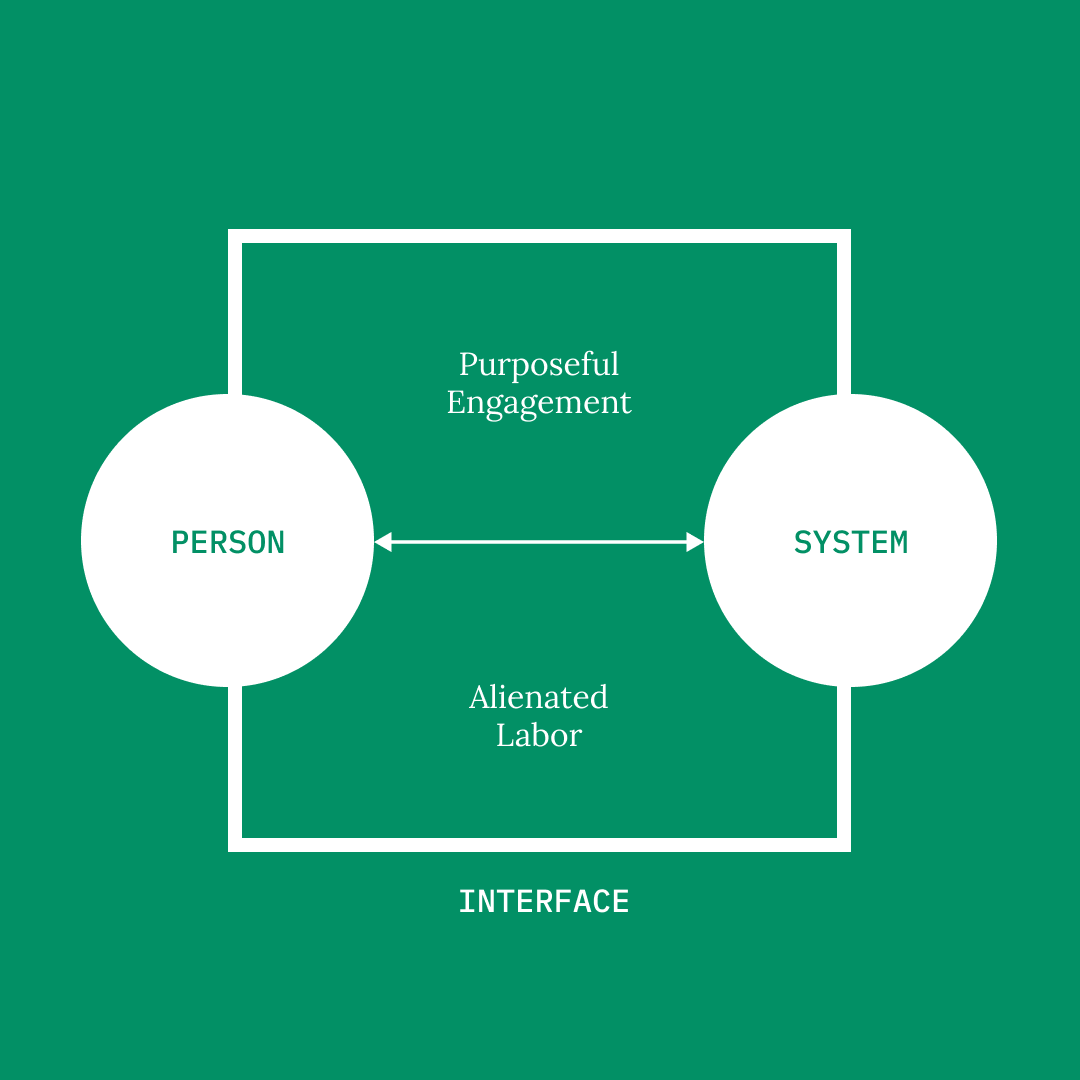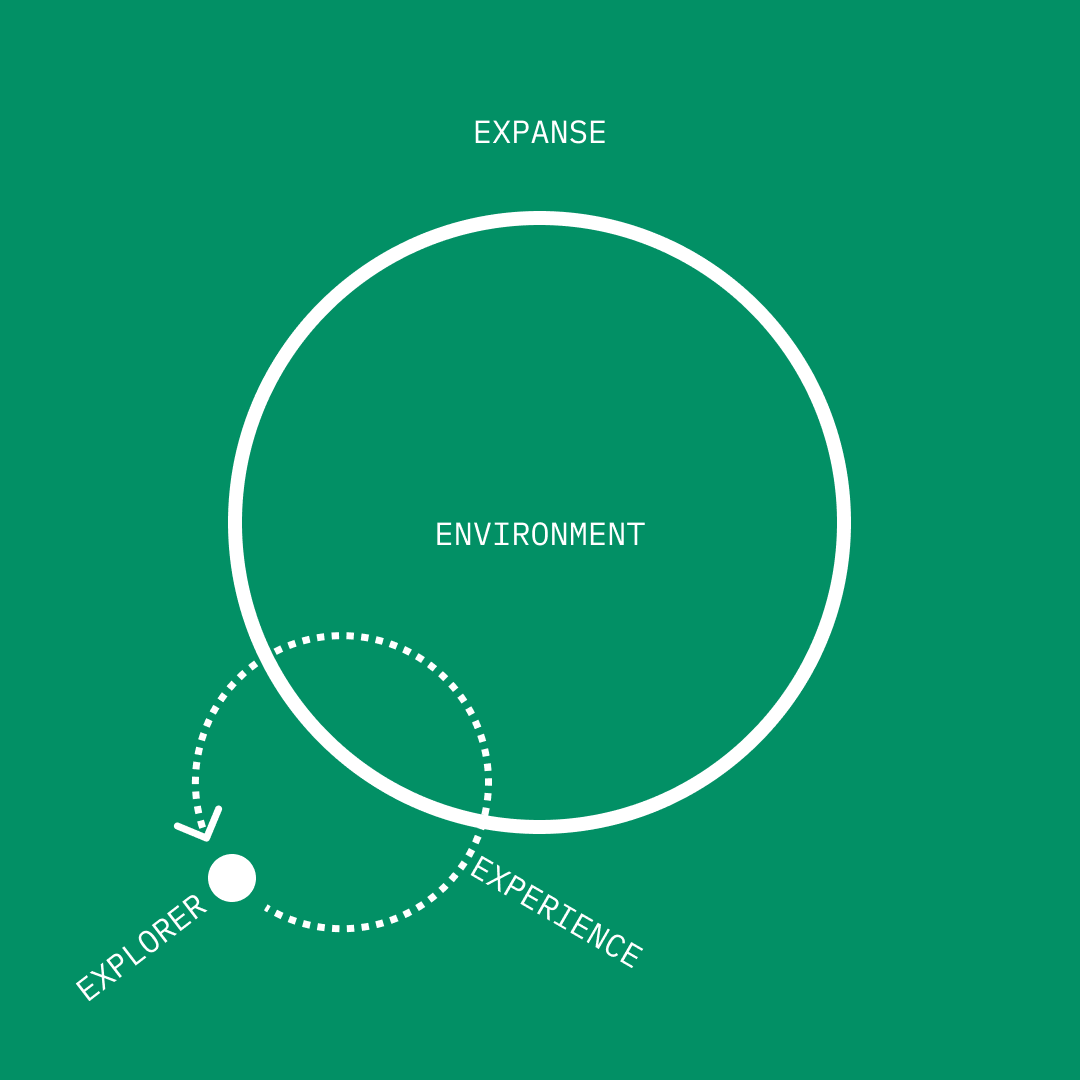REALITY IS
BROKEN
AND TRUTH
IS DEAD
Aren’t you glad it finally happened! Mediated fantasy and escape have consumed our collective consciousness. Every domain of truth has become a form of entertainment. We must recognize the damage we've done and decide how to move forward.
WE ARE
SOCIAL
ZOMBIES.
First Wave: Conspiracy as Entertainment
Ever since Watergate and Nixon’s corruption of Presidential powers to cover up the scandal, we have come to view conspiracies as a form of entertainment. Television programs like the X-Files brought this fascination to the mainstream and codified the vernacular. The Internet allowed us to formulate these conspiracies into communities of practice.
Second Wave: Ubiquitous Mobile Devices
Over the last decade our mobile devices became an integral part of everyday life. In the beginning it was innocent distractions like maps, gaming, music, and videos that kept us distracted. Now these devices have transformed from personal entertainment hubs to multi-purpose mediation tools. Everyone believes themselves to be marketers, researchers, reporters, and worse, entertainers.
Third Wave: Socially Mediated Mania
As the capacity of our mobile devices has evolved so to has the average person’s ability to connect with larger audiences. Anyone can shout into the void and potentially connect with millions of people. Proportional to this potential audience is the need for increased spectacle to capture attention. There are few social interaction that don’t start with mediated mindset. We are mindlessly posting to the void.


Hey zombie,
do you still think
you’re in control?
Social media apps often collect vast amounts of user data, raising concerns about privacy and data security. There have been debates about the ethical use of this data by companies and advertisers. Our emotions, where go and who we connect with are all potential data sources used for profit and control. And to make matters worse, algorithms often expose users to content that aligns with their existing beliefs, reinforcing preconceived notions and creating polarized echo chambers.
We must embrace new mindsets to wake up.
Cultivating new mindsets can help us navigate the wicked problems ahead. The following mindsets are anti-establishment and focused on fostering equitable approaches to creative cooperation.
1.
FIGHT THE OBLIVIONNon-existence is all there is when your conscious vacation is over.
Life is a vacation from the non-conscious doom that awaits us. Living an engaged life is a protest against the void. Life is inherently positive as the looming void is seemingly negative. We don’t know what awaits us, and no amount of faith can truly comfort us, so we have to consider consciousness as a precious gift in a cold and indifferent universe. We only get one that we know of so why waist it? Treat every moment like a protest against the endless cycle of resused matter hurtling towards that an entropic state the physicists describe. Moments as simple as preparing a meal are actually grand gestures that bring into being something unique in our universe.

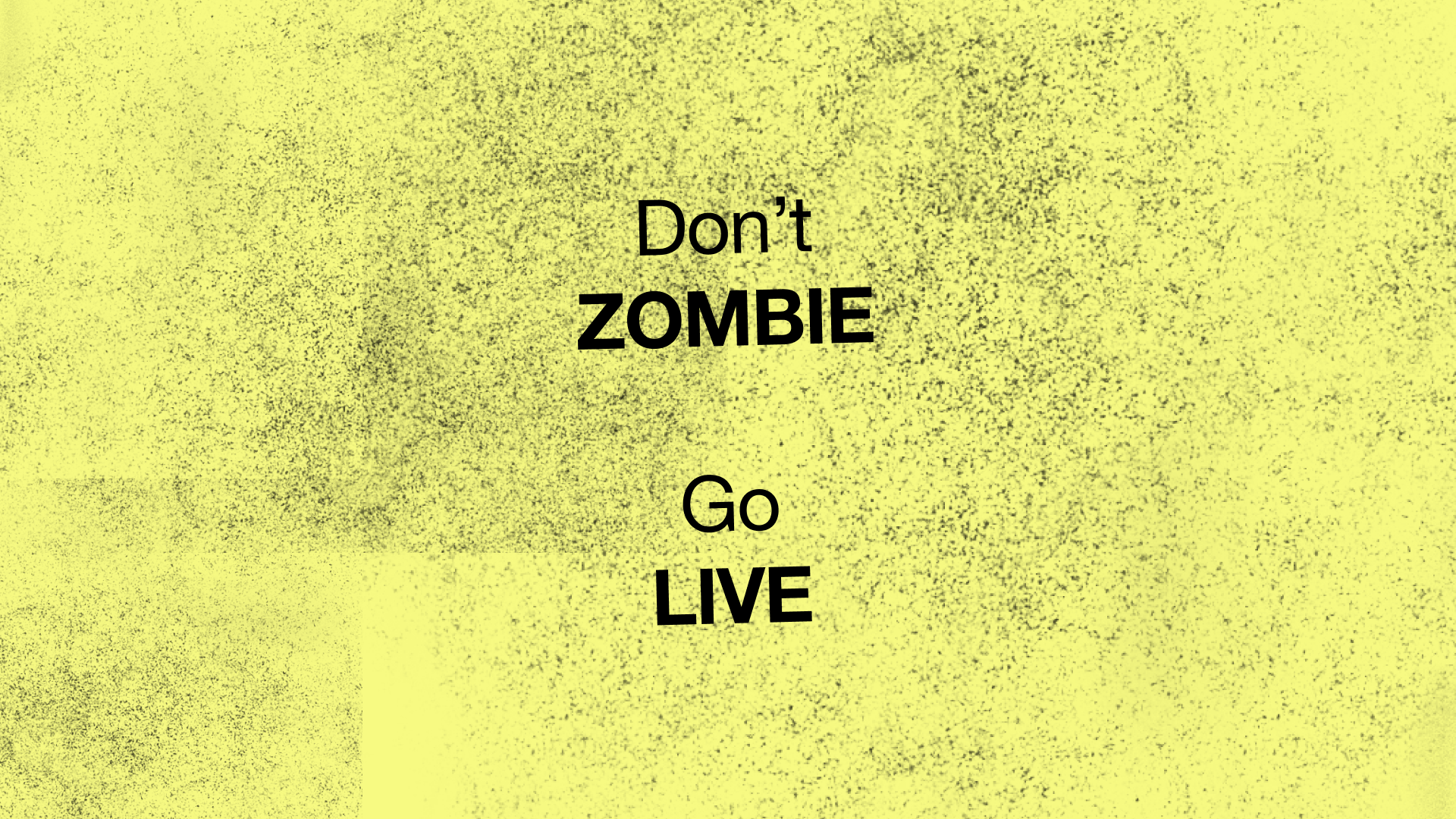
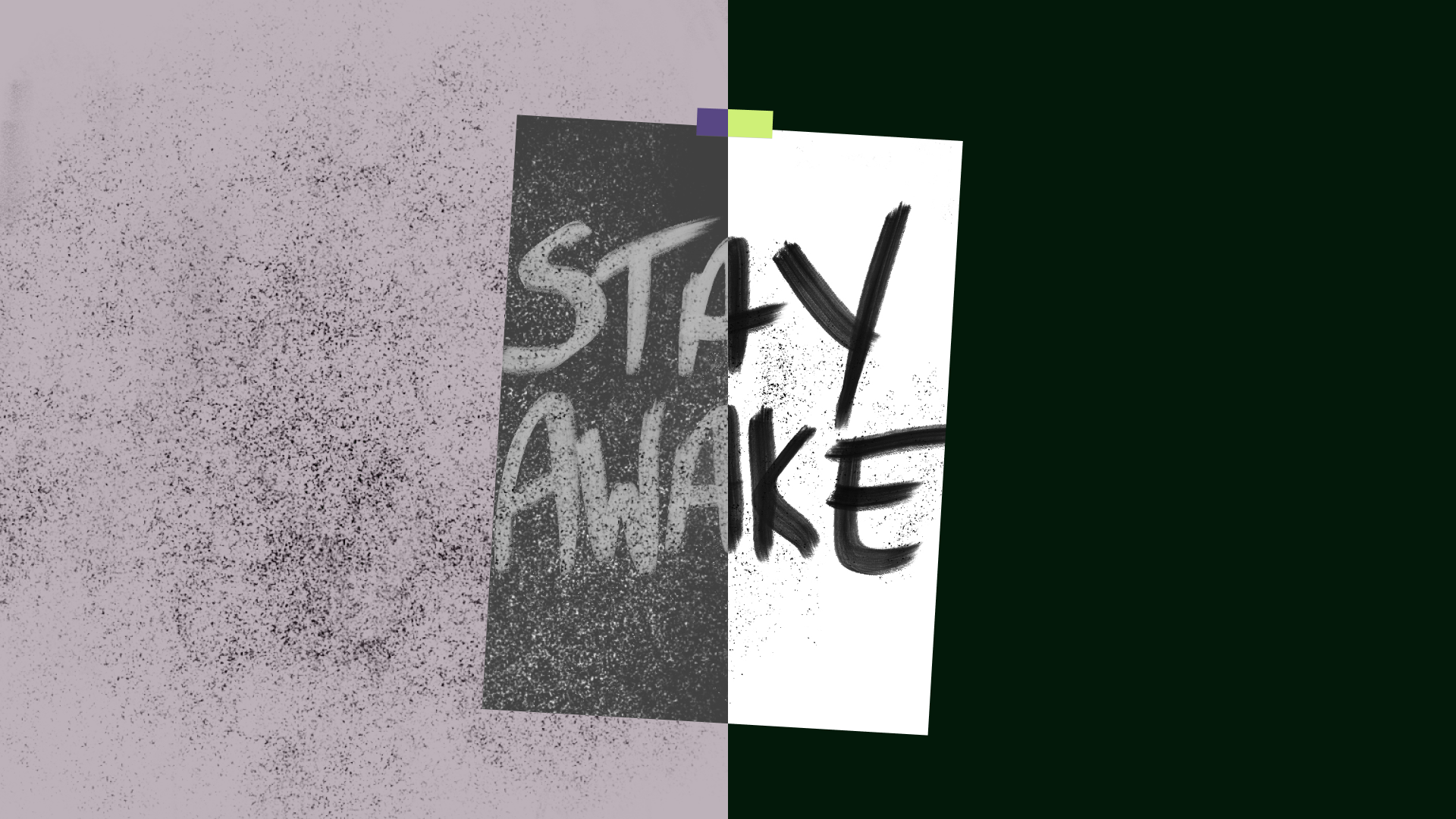
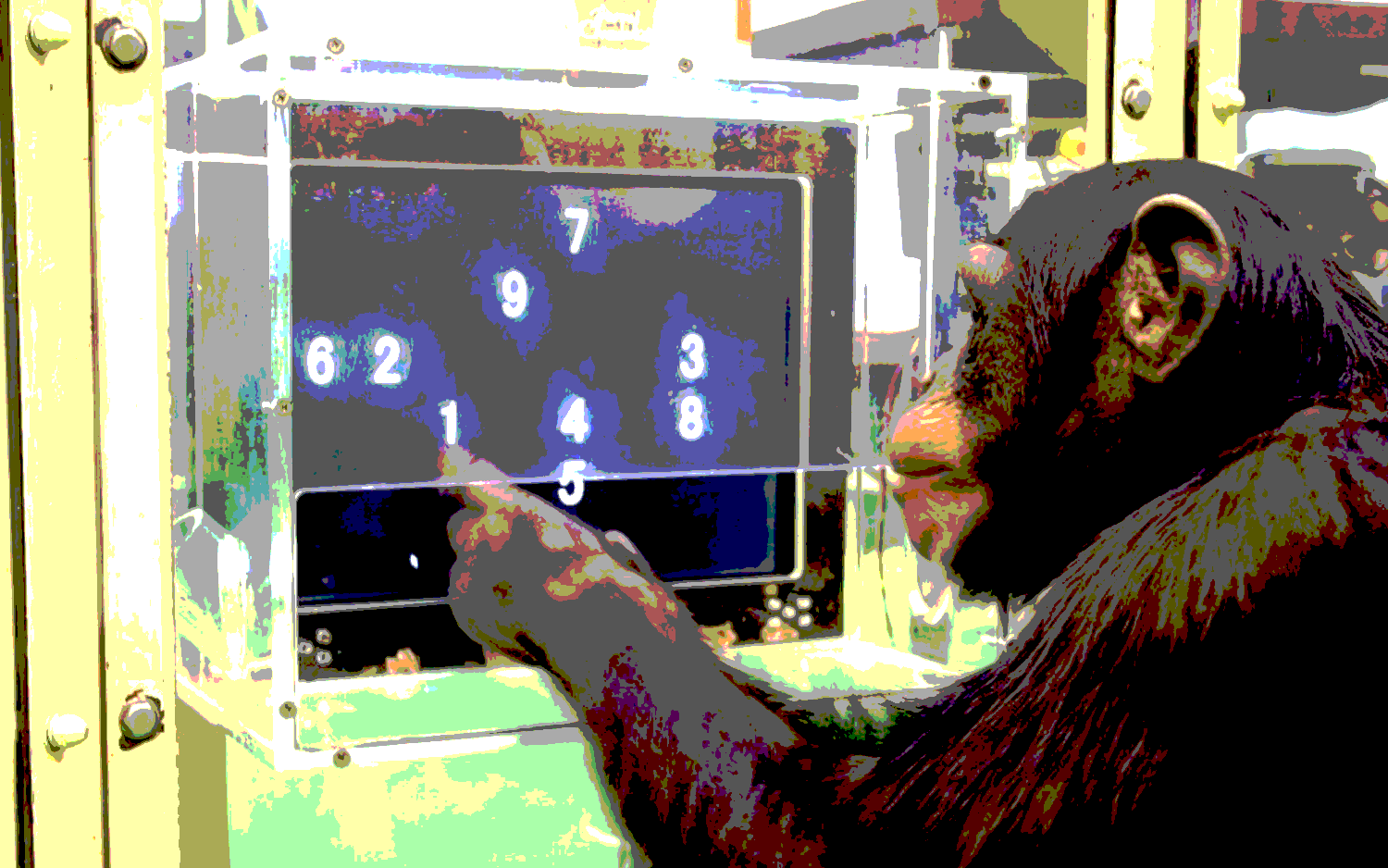
CHOICE
IS
LIFE.
2.
REALIZE THE WORLD IS OPTIONALThe choice to meaningfully engage the world is all we have to keep us going.
Reality has been transformed into an optimized consumer space. We were not born to be gossip hounds and shoppers. Consumer-time and over optimization of shopping behaviors has destroyed any future possibilities of critical action en masse. We need to slow down Capitalism. It’s hard work to shop non-stop. True depth alludes us everyday because we are so distracted with the technologies of the everyday. We live in a world structured by optionality, mediated by interfaces that force us navigate and sort these options. When signals occupy our attention in the short-term we dive deeper through experimentation and design critique to explore the possible reasons. Our goal is to reveal the long-term implications of our fast-paced consumer oriented messaging, imagery, and experiences mediated by products, services and socio-political institutions.
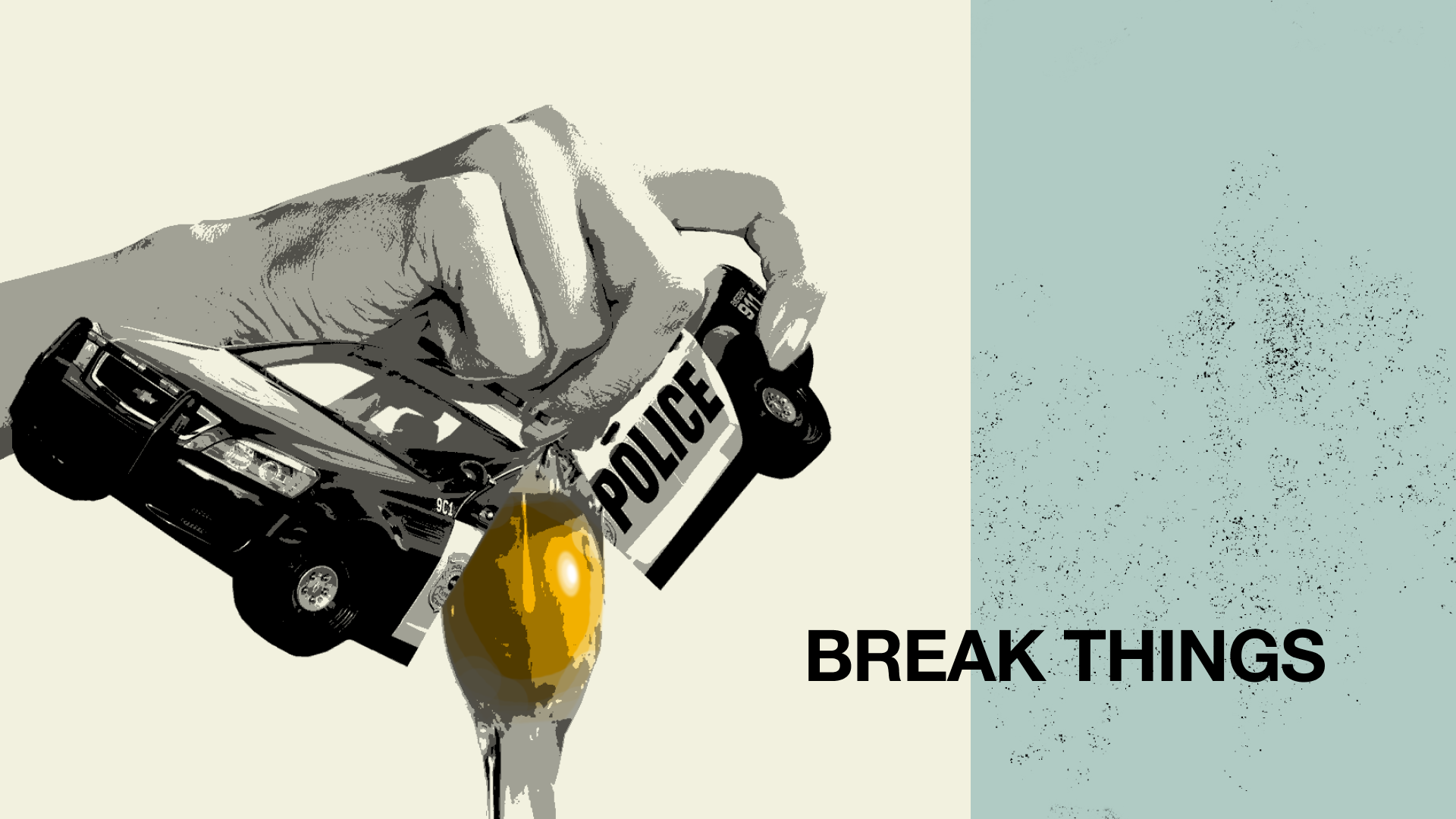
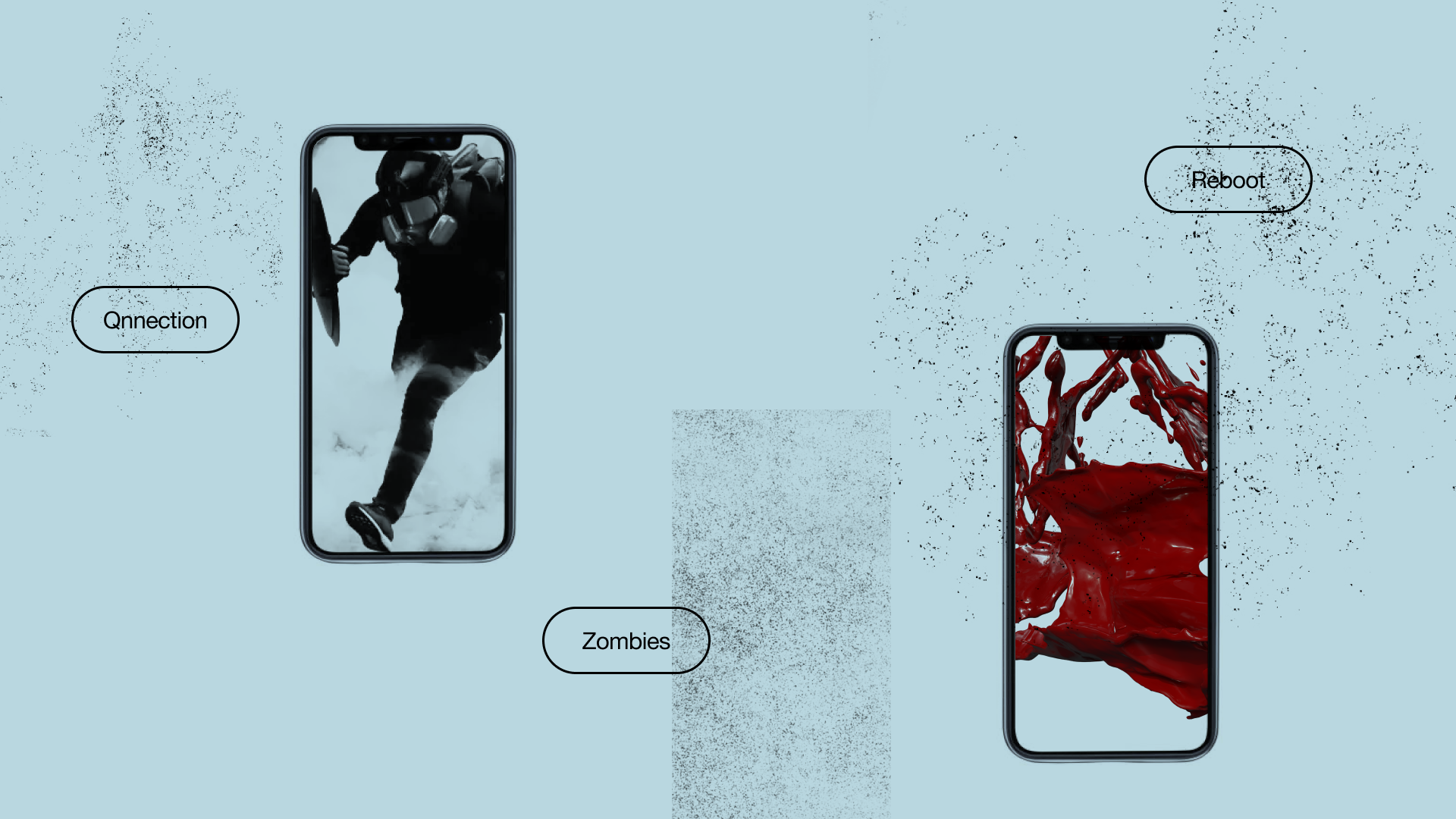
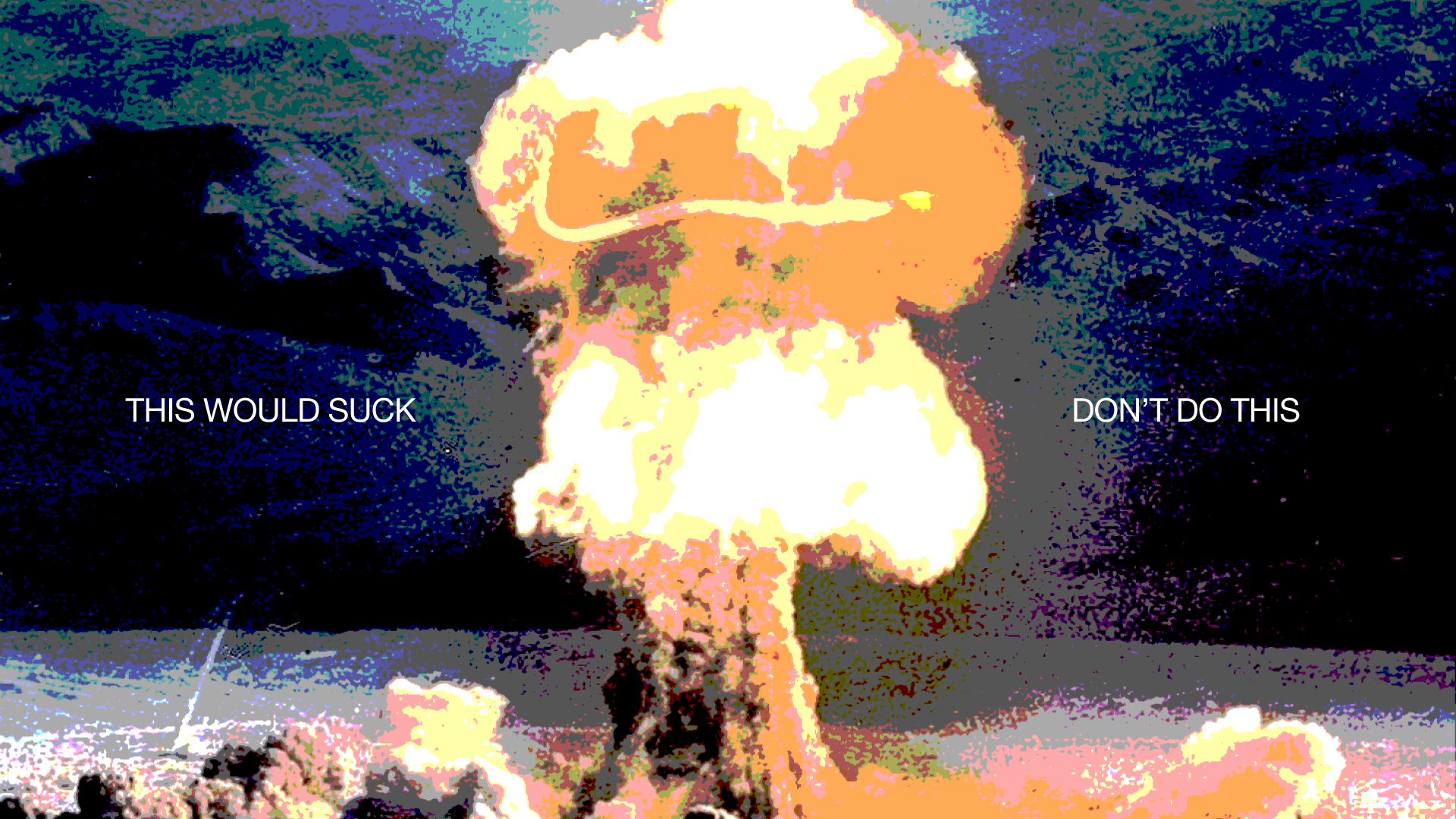
3.
LIFE IS BRICOLOGICMake your life actionable by keeping an open dialogue with materials.
Bricolage is our creative philosophy. The bricoleur approaches problem-solving by entering into a relationship with their work materials that is conversational, rather than controlling. In his book The Savage Mind, French anthropologist Claude Lévi-Strauss used the word bricolage to describe any spontaneous action, further extending this to include the characteristic patterns of mythological thought. The reasoning here being that, since mythological thought is all generated by human imagination, it's based on personal experience, and so the images and entities generated through 'mythological thought' rise from pre-existing things in the imaginer's mind.
Bricolage is a term used in several disciplines, among them the visual arts, to refer to the construction or creation of a work from a diverse range of things that happen to be available, or a work created by such a process. What does this mean when we expand the meaning if “materials” or “range of things” to include behaviors, interfaces, politics, and alternate realities (such as VR)?
4.
UNDO THE HIERARCHYQuestion and critique traditional power structures.
We aim to dismantle and rethink hierarchical structures. Now more than ever it’s critical that we work together, question competitiveness, love craft, demystify aesthetics, & embrace equitable actions. Bosses and other competitive bullshit are roadblocks to cooperation.
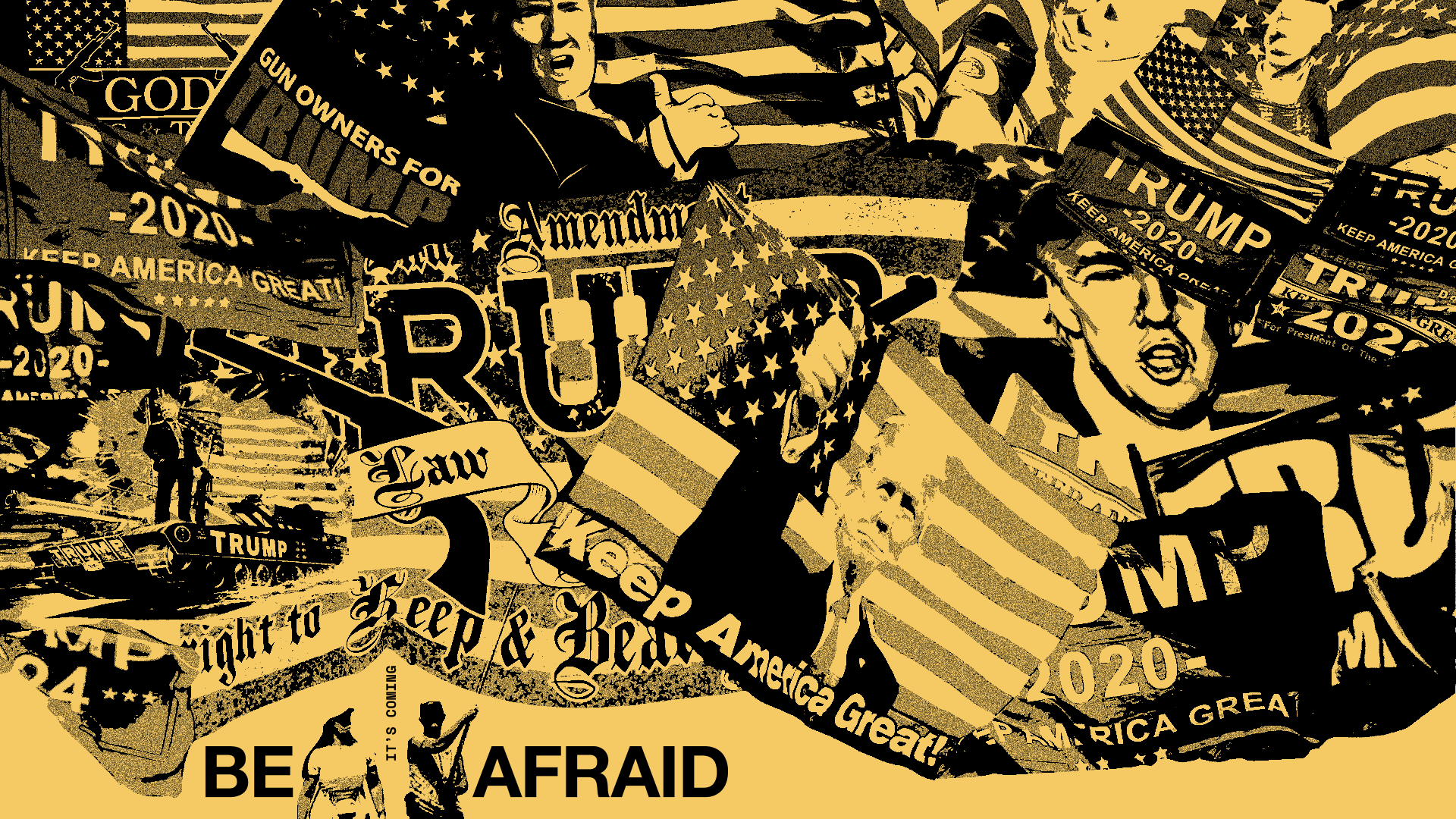
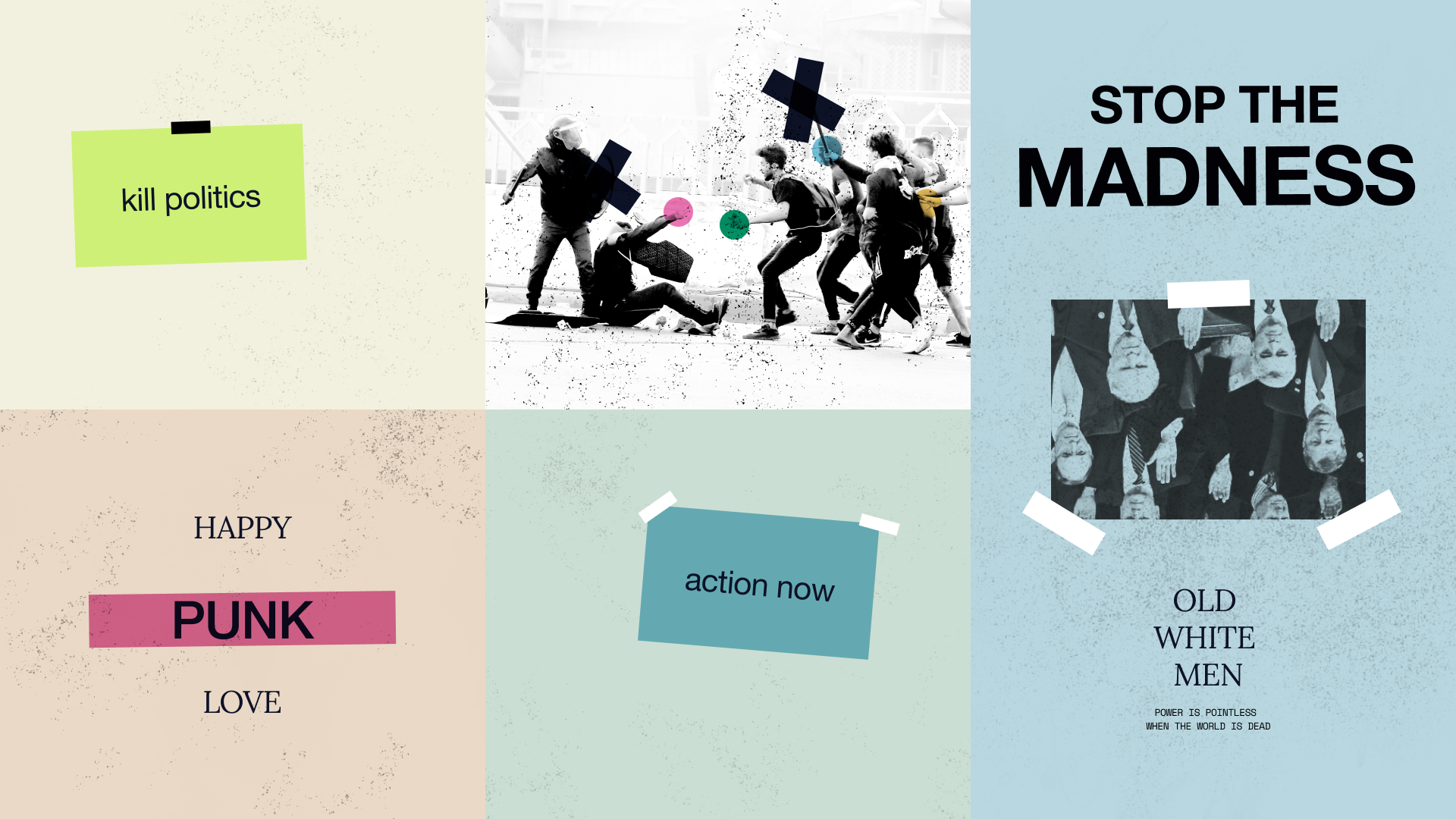
5.
THINK IN THE DEEP SHALLOWGo slowly into the deep while also skimming the fast surface of culture.
We think in the deep shallow, the space between logic & chaos. The world is fucked up. We have complicated every aspect of our lives. Creative must practice their craft in a way that seeks to move at the pace of the shallow, the instant culture factory of today’s media landscape, while thinking at the pace of long-term consequences, being critical of every action we take. We must become creative divers living in the shallow surface of culture.

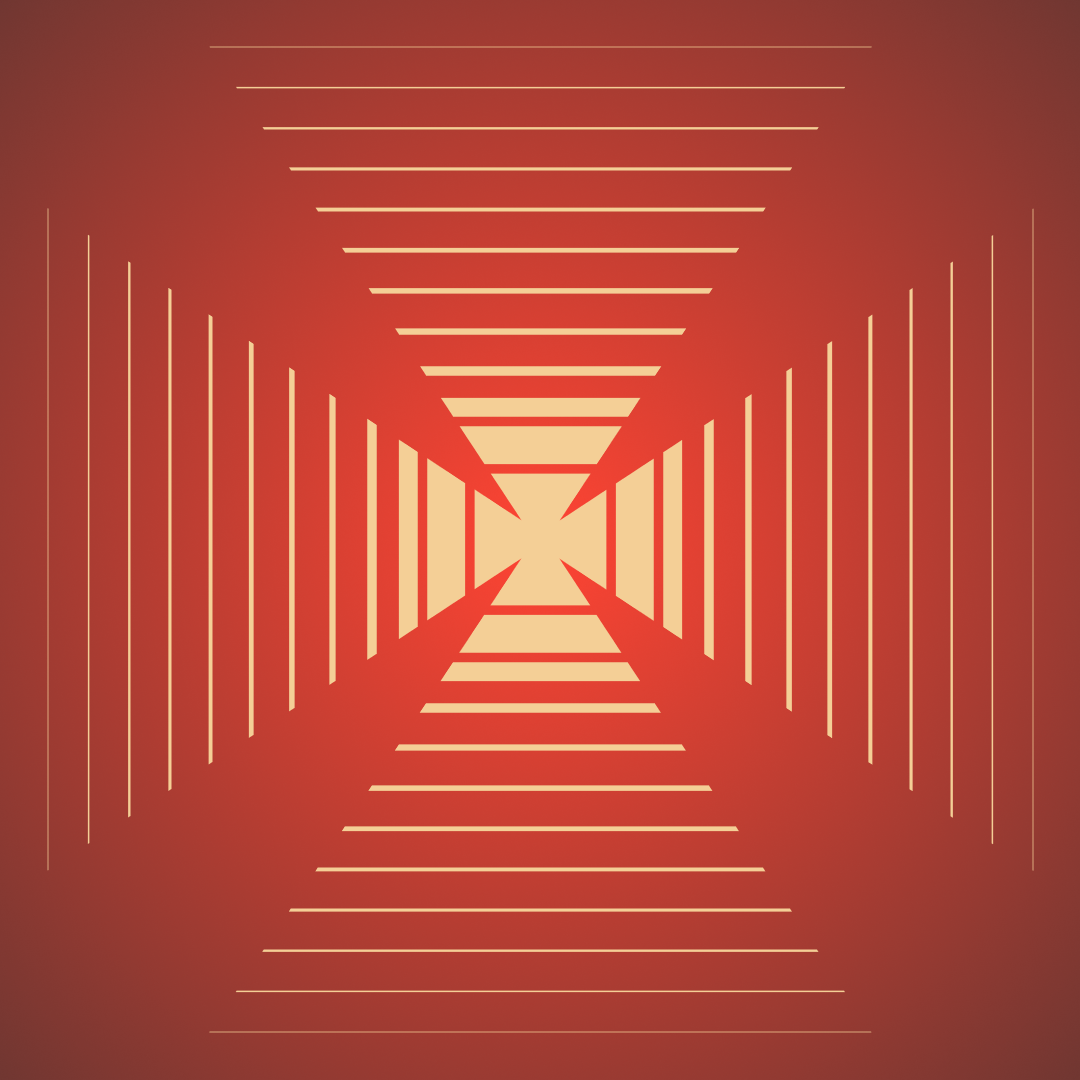

6.
DESIGN FOR IMAGINATIONAspire to open people’s minds in a world wholly mediated by emotion and self-image.
Design can facilitate a critically optimistic social imagination. The potential of design in supporting social and personal action resides in the democratic nature of its process. Design is good for defining a vision and then crafting a plan or roadmap to guide the realization of this vision. Visions with clear paths of implementation provide a beacon for us to collaborate efficiently and optimistically on large projects. Design must serve the public good.

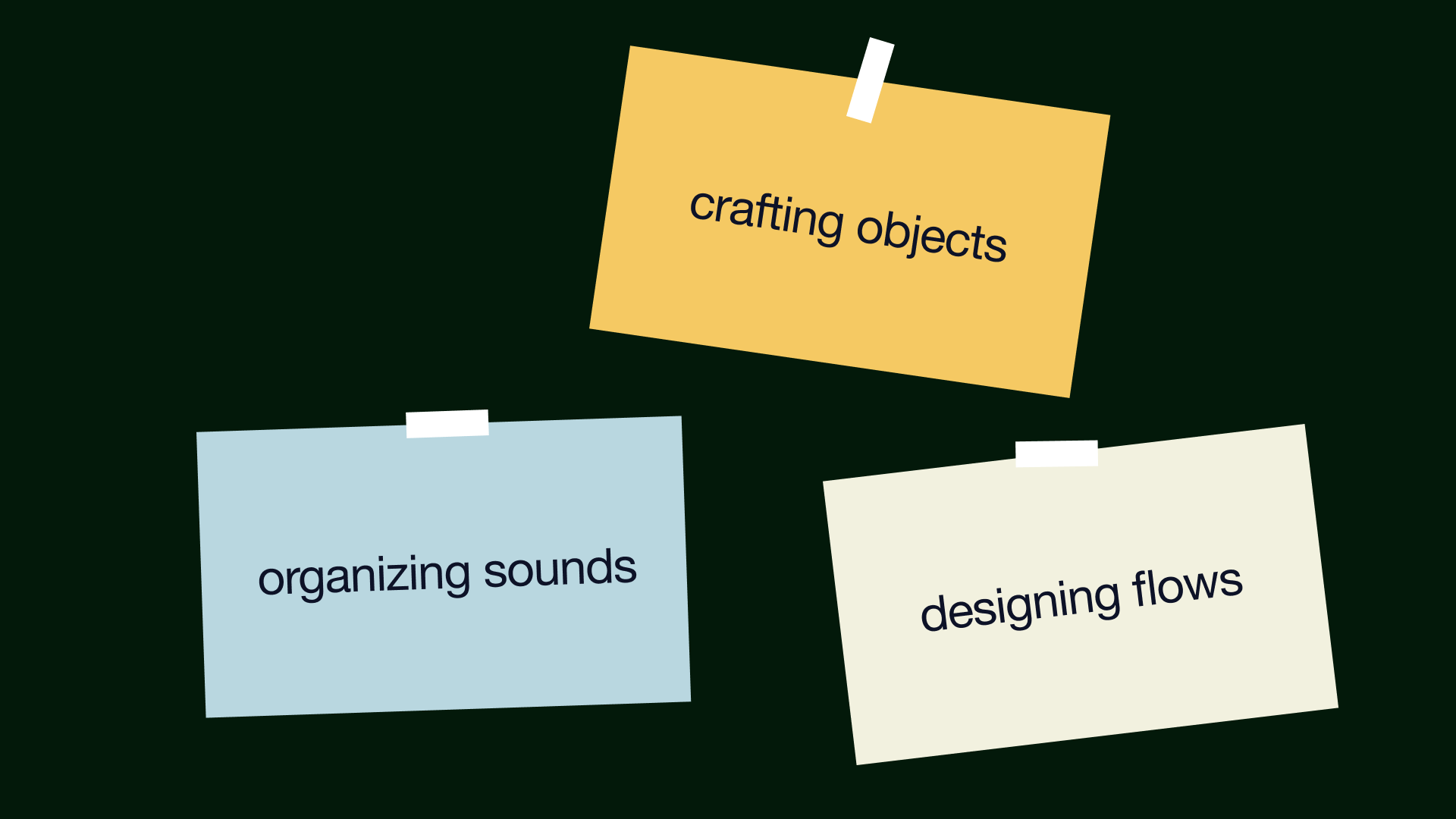

7.
DESIGN FOR EXPERIENCEConsider the experience of everything you do in day-to-day life as a design opportunity.
The architecture of intentional experiences is our guide. Our daily lives are full of sensory inputs, random pains, bad smells, etc. but they lack cohesion as key moments in the story of our lives. “An experience” is an intentionally immersive orchestration of stimuli and events with the aim of changing something about you. Meaning is derived from these types of experiences.
8.
VOTE FOR NON-VIOLENCESeek decision paths that promote safe and equitable solutions.
Our daily lives are full of sensory inputs, random pains, bad smells, etc. but they lack cohesion as key moments in the story of our lives. “An experience” is an intentionally immersive orchestration of stimuli and events with the aim of changing something about you. Meaning is derived from these types of experiences.
